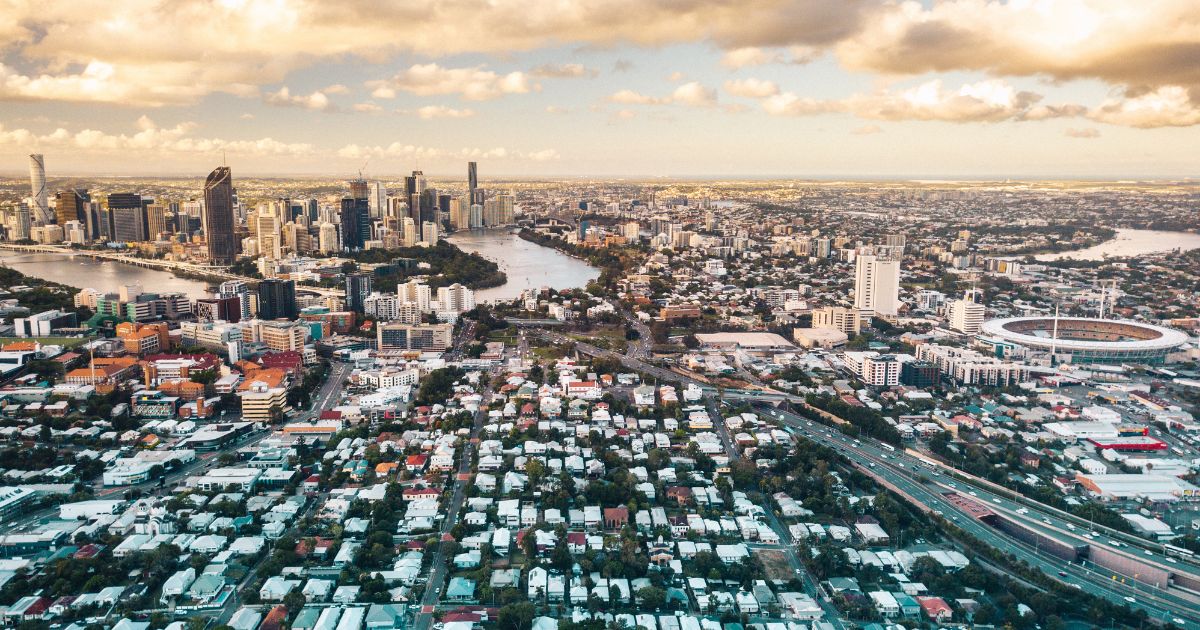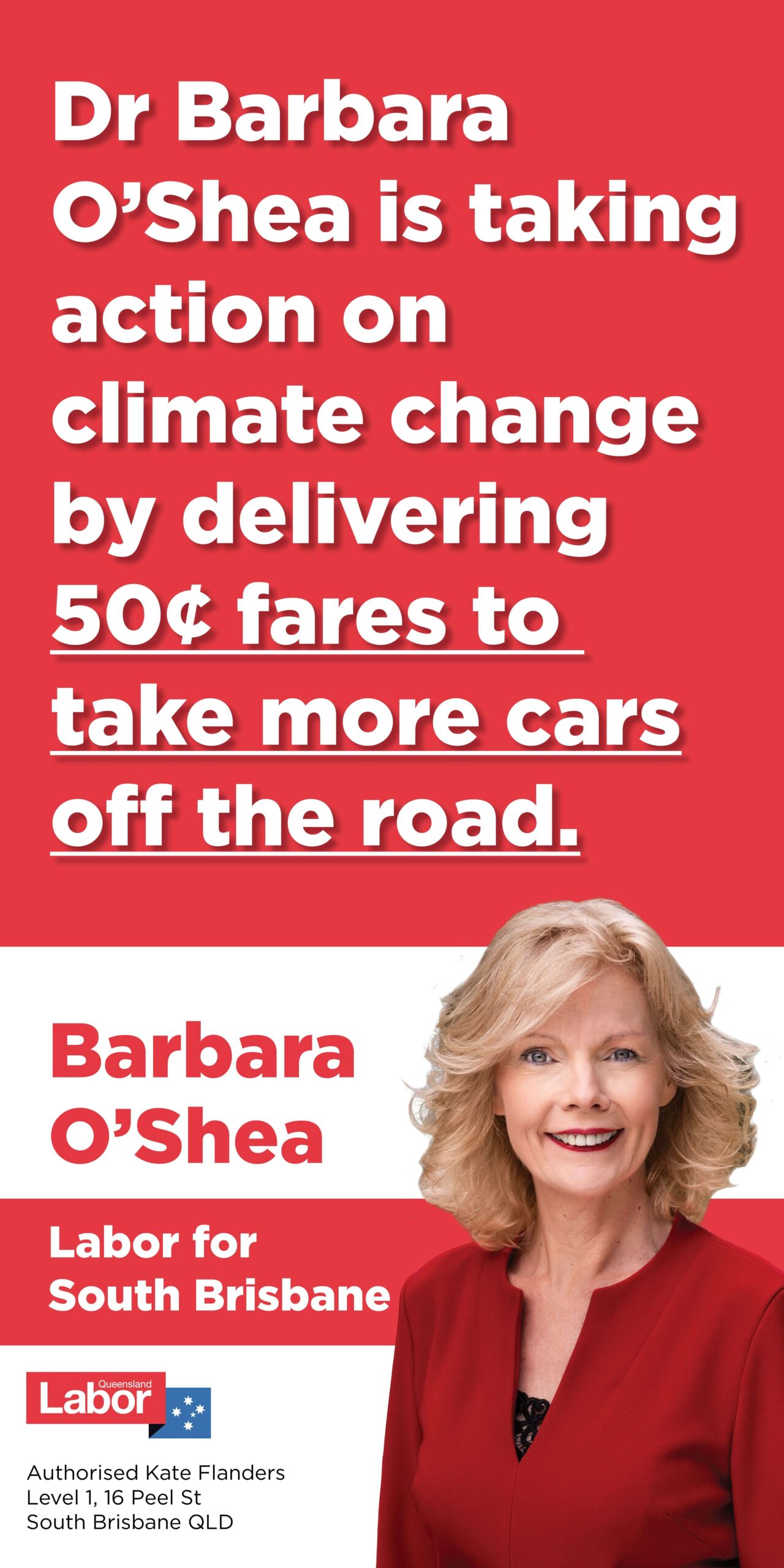Expert analysis released today shows consolidation and well-designed infill can deliver all the housing South East Queensland needs, with fewer costs and better social outcomes than urban sprawl.
The independent report, Best Practice Regional Planning for SEQ, was commissioned by the Queensland Conservation Council from SGS Economics and Planning to provide impartial and expert analysis to the housing debate.
“What we have done is draw on our extensive experience in metropolitan and local strategic planning in Melbourne, Sydney, Canberra and SEQ to identify ‘best practice’ approaches for SEQ. SGS understands both the benefits associated with good planning and the costs of not getting things right. We bring these perspectives to our best practice advice,” Patrick Fensham, Principal and Partner, SGS Economics and Planning, said.
The report underscores the importance of balanced urban planning to address the housing crisis while considering social, economic, and environmental factors in South East Queensland.
The State Government is updating the SEQ Regional Plan in response to the housing crisis and growing population. The Government is seeking community feedback.
See DETAILS HERE
Consolidation and Infill Housing
The report emphasises that consolidation and well-designed infill housing can meet the housing needs of Southeast Queensland more efficiently and with better social outcomes compared to urban sprawl. This approach involves building more dwellings in already developed areas, optimising existing infrastructure, and reducing the need for new infrastructure.
Dave Copeman, Director of the Queensland Conservation Council (QCC), said the report shows us that we cannot continue to build new suburbs around the urban fringes when these greenfield developments are slower to come online, more expensive and riskier, including the environment.
“Queensland can do planning better and end our current reliance on urban sprawl.“
“This report from nation-leading planning experts SGS provides a clear summary of current science that gentle density is healthier, better for the economy and better for communities.”

Benefits of Compact Cities
The research suggests that planning for a more compact city has community-wide and household benefits. It can lead to lower living costs, improved job proximity, increased economic opportunities for women, reduced transportation expenses, and better utilisation of existing infrastructure and services.
“Our Best Practice Report emphasises that there are community-wide and household benefits from better planning for a more compact city, Mr Fensham said.
Environmental Benefits
The report highlights that a focus on consolidation and infill can also benefit the environment. It results in less destruction of natural habitat, reduces the risk of flooding, and minimises exposure to climate hazards associated with sprawling suburban developments.
“We are calling on the State Government to really lock in good design principles and smart density and protect remnant habitat in the SEQ Regional Plan review,” QCC’s Dave Copeman said.
“We are at a critical junction point in SEQ. People are moving here because of its natural values, its liveability and biodiversity. Yet poor planning and development is killing the thing we love most.”
Asked if infill will have the effect of removing backyards which act as wildlife corridors in Australia’s most biodiverse city, Mr Copeman said:
“I think the reality is we have to plan for the increased numbers that neither the Councils or the Queensland Government can prevent or block, and we either have unplanned development driven by developers, or planned density.”
“If we don’t plan for density AND urban biodiversity, then I think ad hoc infill will impact on our urban biodiversity. I think the answer is sometimes to go bigger – instead of just granny flats, we might need 4-5 stories and increased green space – restoring green fingers and corridors alongside increased density.”
Call for Good Design Principles
The Planning Institute of Australia (PIA) welcomed the report’s release.
Nicole Bennetts, Queensland State Manager of the PIA, said the report and the draft SEQ Regional Plan highlight the critical role of good planning.
“We’ve got an extra 2.2 million people coming to live in South East Queensland over the next 20 years. To prepare, good planning is essential so that we can have the housing we need as well as the jobs, infrastructure, green space, and services to maintain the great lifestyle we love and protect our natural environment.”
“We agree that a greater focus on growth within existing neighbourhoods is key to ensuring our region gets better, not bigger. Planning has a role to play, however planning interventions alone cannot solve the housing crisis. Non-planning factors, such as labour and material shortages, need to be addressed as a priority in order to boost housing supply in the short to medium term.”
Kurilpa TLPI
There has been significant local pushback against Council’s plans for increased density in West End and South Brisbane through the Temporary Local Planning Instrument (TLPI) for the Kuripla Precinct.
Asked how the TLPI fit with the SGS report, Mr Copeman said:
“The density that I understand is most controversial in West End is the TLPI area. This enables high rises, not gentle density. As I said on ABC this morning, we think we need the duplexes and the 3-5 story walk-ups across SEQ, on public transport lines, close to hubs.”
“A model of density all around the inner city such as West End doesn’t fit with the SGS report that we’ve released, which pushes for a more compact, poly-centric settlement. Ie, we should be building up around Chermside, Garden City, Toowong, Logan city, not just the CBD.”
“I think there are real equality issues that this SGS report lifts up.”
“If we keep pushing people to new greenfield developments like Flagstaff, Yarrabilba, Springfield and Caboolture West, we push them into being car-dependent, stuck in traffic, without community or facilities, travelling further to work, school, and hospitals. And we continue the destruction of the native forests and wetlands that are essential for the survival of the Koala, greater glider, and all the other species that are SEQ biodiversity hotspots.”
Cover image, iStock


